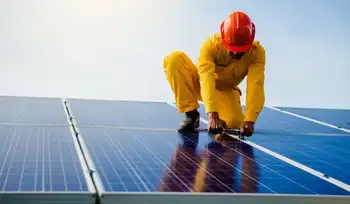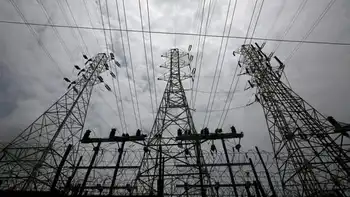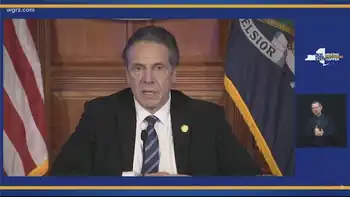No deal Brexit could trigger electricity shock for Northern Ireland

Electrical Testing & Commissioning of Power Systems
Our customized live online or in‑person group training can be delivered to your staff at your location.

- Live Online
- 12 hours Instructor-led
- Group Training Available
Northern Ireland No-Deal Power Contingency outlines Whitehall plans to deploy thousands of generators on barges in the Irish Sea, safeguard the electricity market, and avert blackouts if Brexit disrupts imports from the Republic of Ireland.
Key Points
A UK Whitehall plan to prevent NI blackouts by deploying generators and protecting cross-border electricity flows.
✅ Barges in Irish Sea to host temporary power generators
✅ Mitigates loss of EU market access in a no-deal Brexit
✅ Ensures NI supply if Republic cuts electricity exports
Such a scenario could see thousands of electricity generators being requisitioned at short notice and positioned on barges in the Irish Sea, even as Great Britain's generation mix shapes wider supply dynamics, to help keep the region going, a Whitehall document quoted by the Financial Times states.
An emergency operation could see equipment being brought back from places like Afghanistan, where the UK still has a military presence, the newspaper said.
The extreme situation could arise because Northern Ireland shares a single energy market with the Irish Republic, where Irish grid price spikes have heightened concern about stability.
The region relies on energy imports from the Republic because it does not have enough generating capacity itself, and the UK is aiming to negotiate a deal to allow that single electricity market on the island of Ireland to continue post-EU withdrawal, while virtual power plant proposals for UK homes are explored to avoid outages, the FT stated.
However, if no Brexit deal is agreed Whitehall fears suppliers in the Irish Republic could cut off power because the UK would no longer be part of the European electricity market, and a recent short supply warning from National Grid underscores the risk.
In a bid to prevent blackouts in Northern Ireland in a worse case situation the Government would need to put thousands of generators into place, even as an emergency energy plan has reportedly not gone ahead nationwide, according to the report.
And officials fear they may need to commandeer some generators from the military in such a scenario, the FT reports.
An official was quoted by the newspaper as saying the preparations were “gob-smacking”.











